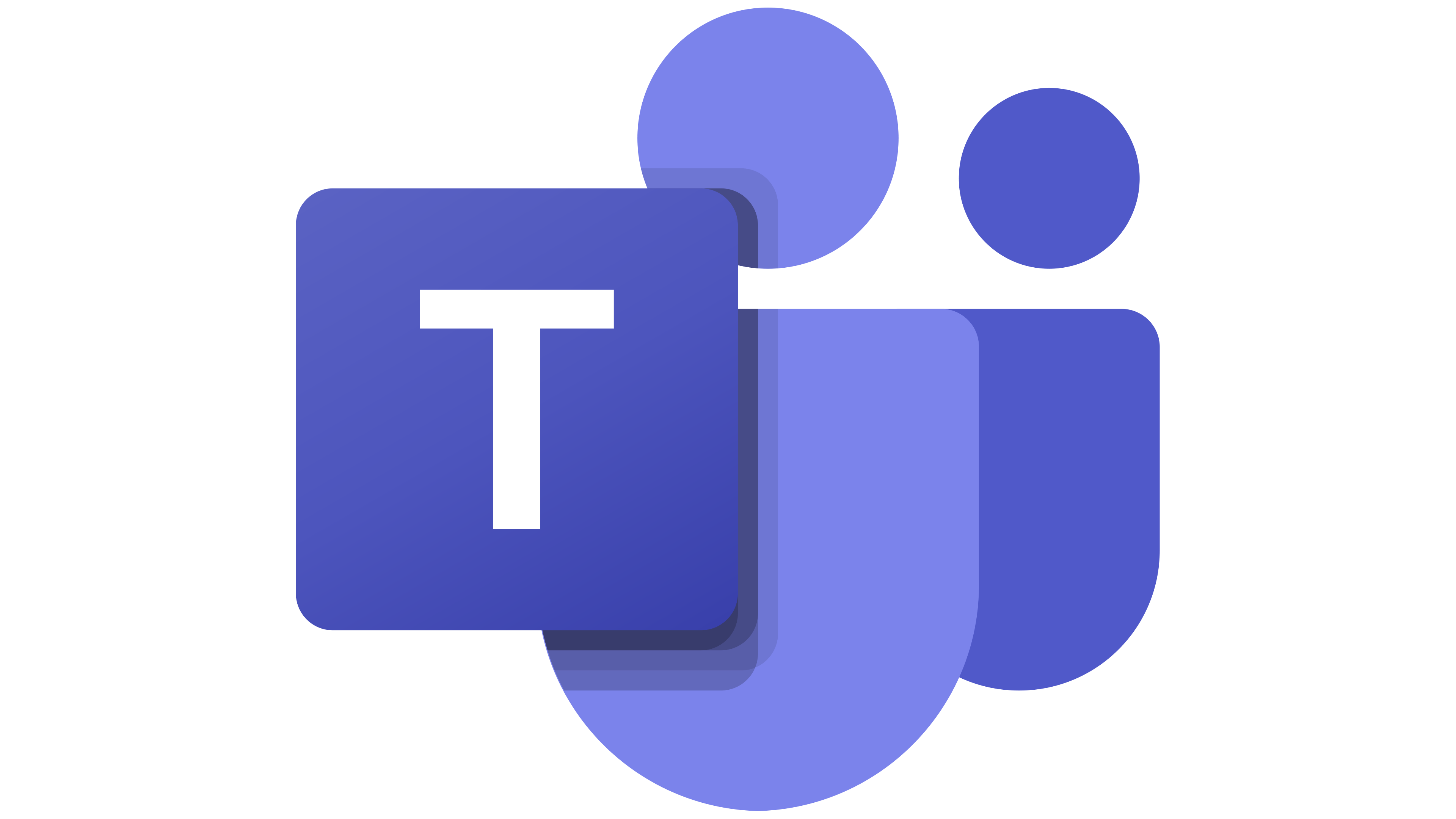Customer journey mapping is a widely-accepted practice for improving the Customer Experience. Journey mapping can also be used to improve the experience of contact center agents.
Ryan Patin, a Customer Experience Strategic Consultant at Oracle recently posted “Journey Mapping Employee Engagement” on LinkedIn. He described how applying journey mapping to the work of call center agents can also improve the experience of their customers.
Customer Journey Mapping through the Lens of HR Service Delivery
Let’s focus Ryan's concept on HR Service Delivery, and more specifically, on how the technology in the service center impacts on the agents’, and thus, the employees’ experience.
A large chunk of an HR Service Center’s technology budget is invested in the design of the Employee Self-service portal. We want employees to have a great experience when they go to the portal, so we invest the resources to make that happen through careful planning and design, including customer journey mapping.
But here’s the thing…
A great employee experience doesn’t begin and end with self-service.
Agent Journey Mapping inside the HR Service Center
If your HR service center offers telephone support, the phone experience should be on par with that of the portal. Employees still expect a great experience when they contact your service center by phone.
But will they get it? That depends...
It depends on the level of effort an agent has to invest to resolve a case, or execute a transaction. If it’s easy for the agent, it better experience for the employee. The employee can feel it when the agent has to jump through hoops to get the job done. And this negatively impacts the employee's experience.
The goal is to make it easy as possible for the agent to serve the customer.
So, how do you know what’s preventing the agent’s experience from being an easy one? I’m glad you asked. This is where the agent journey mapping comes in. Starting from the moment when the agent first says “hello.”
- How many steps must the agent take to validate the caller, and log the case?
- How many clicks?
- How much scrolling?
- How much typing?
- How many screens does the agent have to look at?
- How much mental work does the agent have to do, such as interpreting a policy written in arcane language, before they can answer the employee’s question?
These actions comprise the agent experience. If you want to improve employee, you have to make it easy for the agent to serve the employee.
Agent journey mapping helps you to understand the experience from the agent’s perspective. Think of each employee request as a mini kayak journey for the agent.
That’s right, I did say a kayak journey. Not a week-long seafaring adventure, but a just short paddle across a shallow narrow river. But, there are some big rocks on the river bottom. And you can’t see those rocks from the surface of the water. But the agents can their effects each time their kayak bumps into one of the rocks.
Agent Journey Mapping exposes the issues.
Mapping the agent journey exposes “the rocks in the river.” Once you know where the rocks are, you can remove them from the river. And once the rocks are gone, it’s easier for the agent to cross the river, or resolve the case.
Employees can sense when the agent is having an easier time.
Agent journey mapping creates a better agent experience.
An agent’s mental and emotional energies can be freed up to engage with the employee on a human level, when technology makes it easier for the HR service center agent to log and resolve a case. And that translates into a better employee experience.
How many rocks do your agents have to navigate around to do their jobs? And how is that impacting the employees they serve?

 Microsoft Teams
Microsoft Teams
 Workday
Workday
